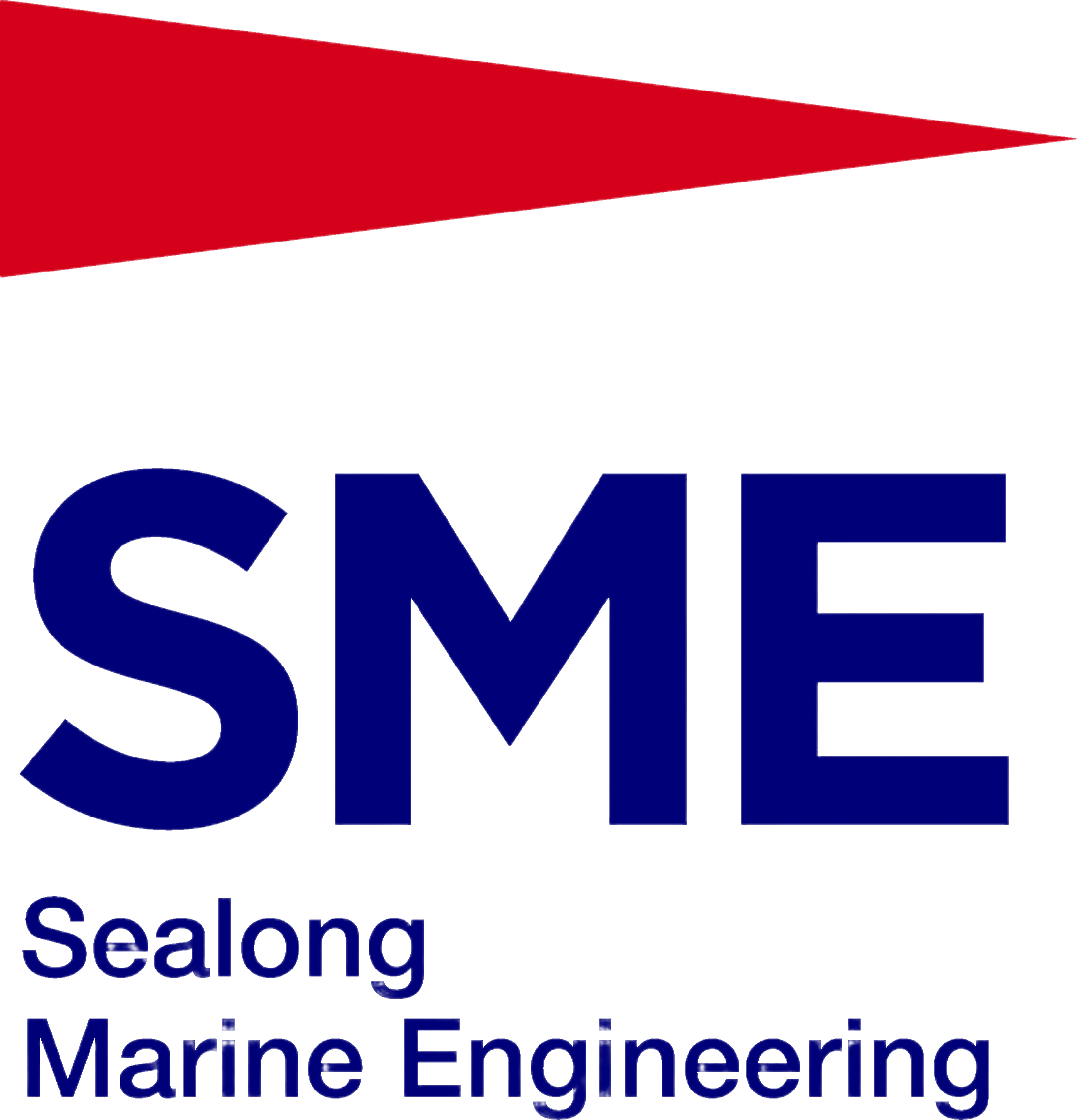Plate Heat Exchanger vs. Shell-and-Tube Heat Exchanger: Key Differences
The correct selection of the heat exchanger is the key to the performance of the marine vessels, energy consumption, and the timing of the maintenance. Plate heat exchangers (PHEs) and shell-and-tube heat exchangers (STHEs) are two other methods of transferring thermal energy used in marine engineering and each has a list of benefits depending on the requirements. To be aware of their base differences can be the guarantee of informed choices on retrofit, maintenance and renovation projects.
Design Requirements and Space Requirements.
Building of any form of exchanger directly influences its use in the marine. Plate heat exchanger This comprises a stack of corrugated plates made of metal of small thickness with port holes through which two fluids will flow and heat transfer will be done. PHEs crammed much more heat exchange capacity into a small area, just what modern ships were in need of as machinery room was increasingly becoming a luxury. Conversely, shell-and-tube type exchangers contain tubes that are affixed in a cylindrically shaped shell and happen to be larger, robust but bulky. With space constrained engine rooms such a classical idea can be less alluring but is mechanically quite sound.
Operational Efficiency and Performance.
There is also a very different operational effectiveness with these exchangers. PHE flow path set-up between plates generates high turbulence and, therefore, extremely large heat transfer coefficients. Consequently, the size of the footprints of PHEs is very small compared to STHEs with equivalent thermal loads. The disadvantage of the thin plate channels is that they are more likely to be fouled than are wider plates by untreated or particulate-containing fluids. Shell and tube units may be equipped with larger diameter tubes that are less susceptible to low water quality or viscous fluid, e.g. heavy fuel oil. A less efficient volume-wise flow character can be a more simple one used with high pressure or high temperature services where re-tightening of the seal is often needed regularly in such cases as engine cooling or steam.
Maintenance and Serviceability in the Maritime Environment.
Maintenance Each of the systems presents its own maintenance issues and requirements. The maintenance of the systems can be in the form of inspection and cleaning that could be carried out relatively easily in case of a modular plate. The plates can be mechanically cleaned or replaced without disconnection of piping that is why even in scheduled down time the R5D can be in place, and save precious time and money. The shell-and-tube exchanger may be rough, but the procedure of extracting the tube bundles and getting them washed either through chemicals or by stuffing holes in damaged tubes is prone to have more labor input. The maintenance requirements are more likely to be greater than either the protection methods and requiring workshop space and time to do such, which must be included in the dry docking planning.
We have end-to-end marine services that will help our operator to deal with both technologies. We have over 100 technical professionals, who have rich on-site workshops providing complete advice, perfect installation, and routine servicing of any kind of exchanger. Fuel Oil It is our conviction that new system selections should be undertaken in the rebuilding work or regular seafarings check-up of equipment service and original spare parts shall be provided according to the ISO standards, so that the thermal systems of your ship may operate at their most efficient and reliable possible under the world.

 EN
EN







































